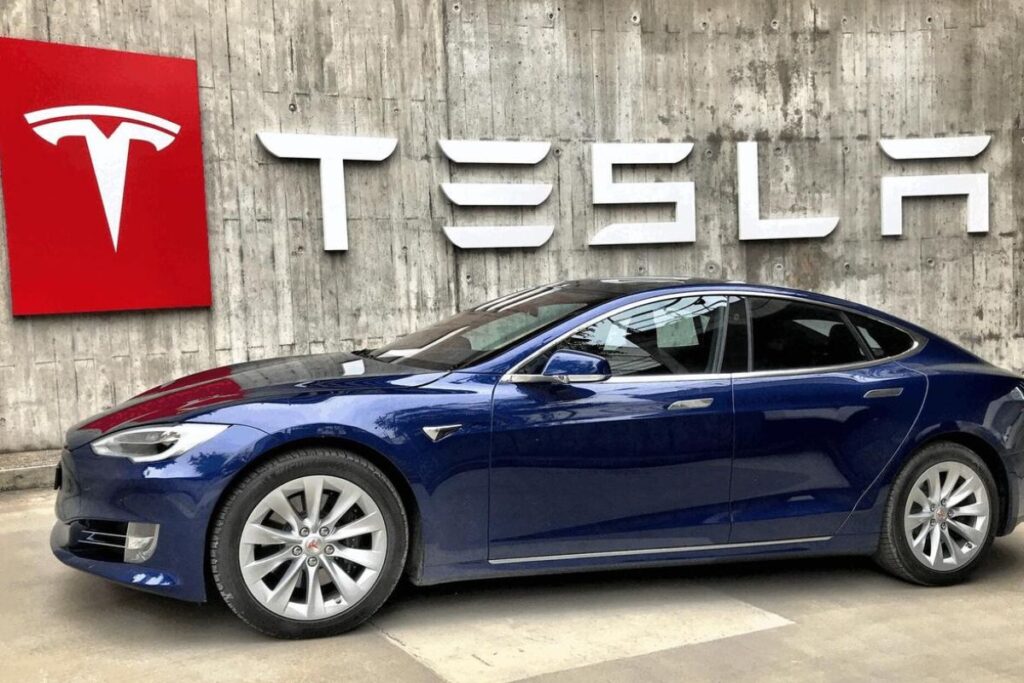The global movement toward sustainability is gaining momentum, and businesses are at the forefront of this transformation. From reducing carbon footprints to driving eco-conscious innovation, the integration of green tech solutions is no longer a trend-it’s a necessity. In 2025, forward-thinking companies are increasingly adopting sustainable technologies not only to comply with environmental regulations but also to gain a competitive edge, appeal to eco-aware consumers, and unlock long-term cost savings.
In this article, we explore the leading green tech solutions that are reshaping industries, highlight successful implementations across sectors, and provide a guide for businesses looking to build a more sustainable future.
Why Green Tech Solutions Matter
Green tech, or green technology, encompasses environmentally friendly innovations that reduce negative impacts on the planet. These technologies focus on energy efficiency, resource conservation, carbon reduction, and renewable energy generation. As climate change accelerates and consumer expectations evolve, businesses are under increasing pressure to integrate green tech solutions into their operations.
Key drivers of green tech adoption include:
- Regulatory pressure: Governments worldwide are mandating lower emissions and improved sustainability practices.
- Investor expectations: ESG (Environmental, Social, and Governance) investing has surged.
- Consumer demand: Customers favor brands with eco-friendly practices.
- Cost savings: Sustainable solutions can reduce energy and waste expenses in the long term.
Top Green Tech Solutions Revolutionizing Business
1. Renewable Energy Systems
Solar panels, wind turbines, and hydropower are increasingly powering corporate campuses, warehouses, and factories. Businesses like Google and Apple have committed to operating entirely on renewable energy.
Why it matters: Renewable energy reduces reliance on fossil fuels and cuts greenhouse gas emissions significantly.

2. Energy-Efficient HVAC and Lighting
Smart HVAC systems and LED lighting reduce energy use while maintaining workplace comfort. Systems that adapt to occupancy patterns further enhance efficiency.
Why it matters: Lighting and HVAC account for a large portion of a building’s energy use. Energy-efficient alternatives offer substantial savings.
3. Green Data Centers
Modern data centers are being designed with energy-efficient cooling, low-emission servers, and renewable energy sources.
Why it matters: With the surge in data usage, minimizing the environmental impact of IT infrastructure is vital.
4. Sustainable Packaging Solutions
Companies are replacing plastic with biodegradable or recyclable materials. Brands like Lush and Loop are using zero-waste and refillable packaging models.
Why it matters: Sustainable packaging reduces landfill waste and improves brand reputation.
5. Electric and Hybrid Fleets
Businesses with delivery or logistics services are switching to electric vehicles (EVs) to lower carbon emissions.
Why it matters: EV adoption reduces fuel costs and contributes to cleaner air.
6. Carbon Capture and Storage (CCS)
Advanced CCS technologies capture carbon dioxide from industrial processes and store it underground or repurpose it.
Why it matters: CCS helps businesses in carbon-heavy sectors meet climate targets.
7. Water Conservation Technologies
Smart irrigation, water recycling systems, and leak detection sensors are optimizing water usage.
Why it matters: Efficient water use supports sustainability goals and reduces utility costs.
8. Circular Economy Platforms
These platforms promote sharing, reusing, and recycling of resources and products, reducing the need for new raw materials.
Why it matters: Reduces waste and promotes long-term sustainability in manufacturing and retail.
9. Green Building Technologies
From solar roofs to eco-friendly insulation and smart sensors, buildings are being constructed and retrofitted to meet LEED and BREEAM standards.
Why it matters: Sustainable buildings reduce energy bills and improve occupant health.
10. Blockchain for Sustainable Supply Chains
Blockchain ensures transparency and accountability in supply chains, allowing businesses to track and verify sustainable sourcing.
Why it matters: Builds consumer trust and helps meet compliance standards.
Industry Leaders Leveraging Green Tech

- Tesla: Beyond EVs, Tesla’s solar energy products and battery storage solutions are revolutionizing energy consumption.
- Unilever: The company’s ‘Sustainable Living Plan’ focuses on reducing environmental impact across all operations.
- Patagonia: Known for circular economy efforts, the brand encourages repairs and reuses to extend product life.
- IKEA: Investing in sustainable forestry, solar panels, and recyclable materials.
These organizations illustrate how embedding green tech solutions into corporate DNA can deliver both environmental and financial returns.
Benefits of Implementing Green Tech Solutions
1. Cost Efficiency: Though initial investments may be high, energy savings and resource efficiencies reduce long-term operational costs.
2. Brand Reputation: Sustainable practices resonate with eco-conscious customers and improve public perception.
3. Regulatory Compliance: Governments offer tax incentives and subsidies for green initiatives.
4. Talent Attraction: Employees prefer to work for environmentally responsible companies.
5. Innovation Catalyst: Green tech pushes companies to innovate, opening new market opportunities.
Challenges in Adopting Green Tech Solutions
- High upfront costs for infrastructure and technology upgrades.
- Knowledge gaps and limited expertise within the organization.
- Uncertainty in ROI timelines and metrics.
- Technological compatibility with legacy systems.
Despite these hurdles, support is growing through government incentives, public-private partnerships, and growing accessibility to green tech vendors.
How to Start Integrating Green Tech Solutions in Your Business
Step 1: Conduct a Sustainability Audit Identify energy use, waste generation, and carbon output to determine where improvements can be made.

Step 2: Set Measurable Goals Define clear objectives like reducing emissions by X% or cutting energy use by Y% over Z years.
Step 3: Explore Solutions Partner with green tech providers to identify tools that align with your goals and budget.
Step 4: Engage Stakeholders Include employees, customers, and investors in the transition journey. Transparency drives accountability.
Step 5: Monitor & Report Use analytics tools to track performance and adjust strategies as needed.
The Future of Green Tech in Business
As AI, IoT, and advanced analytics evolve, the future of green tech solutions looks promising. Smart buildings, autonomous electric fleets, and AI-optimized supply chains are just the beginning.
By 2030, experts predict that companies investing in sustainability will outperform their peers in revenue, reputation, and resilience. Governments will also play a pivotal role by offering stricter regulations, carbon pricing, and sustainability-linked financing.
Conclusion
Embracing green tech solutions is not just about saving the planet—it’s about future-proofing your business. Organizations that prioritize sustainability today will lead tomorrow’s markets with stronger brand loyalty, operational efficiency, and long-term growth.
In a world where customers, investors, and governments demand accountability, the time to act is now. Power a greener tomorrow by integrating game-changing green tech solutions into your business strategy today.

